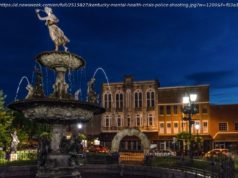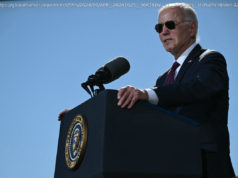Array
From barbecues to getaways to shopping the sales, many people across the U.S. mark Labor Day – the federal holiday celebrating the American worker – by finding ways to relax.
This year is the 130th anniversary of the holiday, which is celebrated on the first Monday of September. While actions by unions in recent years to advocate for workers are a reminder of the holiday’s activist roots, the three-day weekend it creates has become a touchstone in the lives of Americans marking the unofficial end of summer.
Here’s what to know about Labor Day:
Its origins date back to the late 19th century, when activists first sought to establish a day to pay tribute to workers.
The first Labor Day celebration in the U.S. took place in New York City on Sept. 5, 1882, when some 10,000 workers marched in a parade organized by the Central Labor Union and the Knights of Labor.
Workers were seeing their quality of life decline as they transitioned from artisan to factory jobs, even as the quality of life of factory owners was « just skyrocketing », said Todd Vachon, an assistant professor in the Rutgers School of Management and Labor Relations.
In the years that followed, a handful of cities and states began to adopt laws recognizing Labor Day. President Grover Cleveland signed a congressional act in 1894 making it a federal holiday.
That was the same year that workers for the Pullman Palace Car Company went on strike after the railcar-maker cut wages without reducing rent in the company-owned town where workers lived near Chicago, Vachon said. Over 12 workers were killed after Cleveland sent federal troops to crush the strike, he said.
Cleveland’s move to establish Labor Day as a federal holiday is seen by some historians as a way for him « to make peace » with the working class after that, Vachon said.






